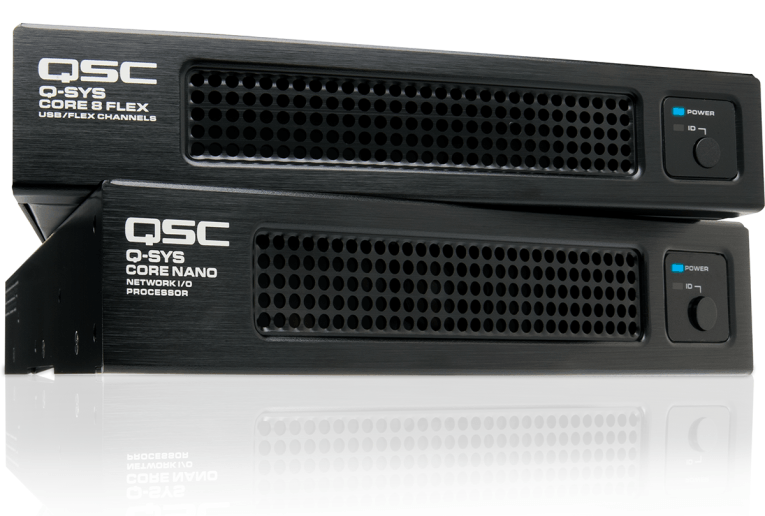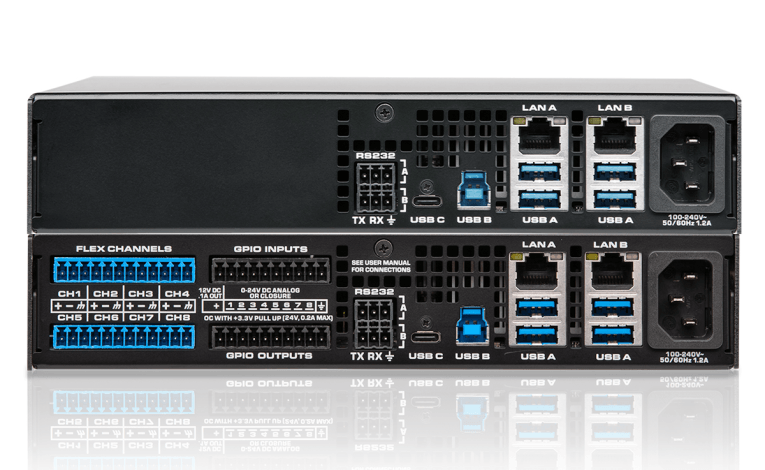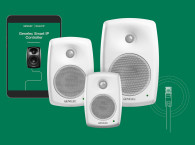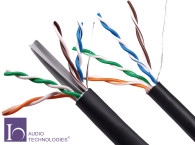
Built on the same flexible and scalable software foundation as the rest of the Q-SYS processor portfolio, including the best-in-class Q-SYS Core 110f, these new Cores expand design options to meet a wider variety of installations. The new Q-SYS Core Processors are ideal for smaller in-room audio, video, and control processing scenarios, further expand design options while reducing complexity and system cost.
Created from the ground-up, Q-SYS is a software-based platform built around an open IT-friendly ecosystem, created by the Costa Mesa, CA based company as en evolution from dedicated or closed-architecture DSP processors. It uniquely leverages the power of Intel processing, the robustness and mission critical reliability of a Linux operating system, and the interoperability of IEEE networking standards. This IT-centric layered approach allows QSC to easily migrate the Q-SYS Ecosystem to other Intel platforms as they introduce new, faster chipsets, and to other off-the-shelf hardware. Furthermore, its usage of IT standard protocols makes the Q-SYS Ecosystem highly extensible for future IT functions and platforms.

The Q-SYS Core 8 Flex processing core offers a 64x64 networked I/O channel capacity with eight onboard FLEX audio channels and eight GPIOs to quickly and easily integrate analog audio and control devices into the Q-SYS Ecosystem. The Q-SYS Core Nano offers the same 64x64 networked audio I/O without the onboard analog I/O to support installations with smaller spaces with centralized processing and fully networked endpoints. Both of these new Q-SYS Core processors occupy a smaller half-width, 1RU footprint and include pre-installed 8x8 Software-based Dante audio channels (license upgradeable up to 32x32 channels), driverless USB audio, and AV bridging capabilities.
These smaller Core processors utilize the same, robust software-based architecture, control engine and design software suite (Q-SYS Designer Software) as the rest of the Q-SYS Core processing portfolio. They both offer powerful and scalable DSP processing, video routing and bridging for web conferencing, as well as third-party endpoint integration without the need for separate dedicated control processors.
"These new processors answer the call of smaller spaces that require fewer I/O as well as the increased popularity of fully networked peripherals with a solution that stays true to the foundation of our platform, delivering the rock-solid processing power and extensibility you have come to expect from QSC,” says Trent Wagner, Audio Product Manager, QSC. "The Core 8 Flex and Core Nano rightsize the onboard I/O and physical footprint without compromising on features, performance or flexibility."

"The introduction of these two new Core processors bring even more design flexibility to the Q-SYS Ecosystem, delivering on the promise of a standards-based software platform that can easily scale-up or scale-out. I’m proud of the innovation and engineering strength of our research and development teams, who continue to deliver solutions that meet the evolving needs of the markets we serve, while reducing complexity and cost for our partners and customers,” says Jatan Shah, Executive Vice President, Chief Operating Office and Technology Officer, QSC.
www.qsc.com/cores






